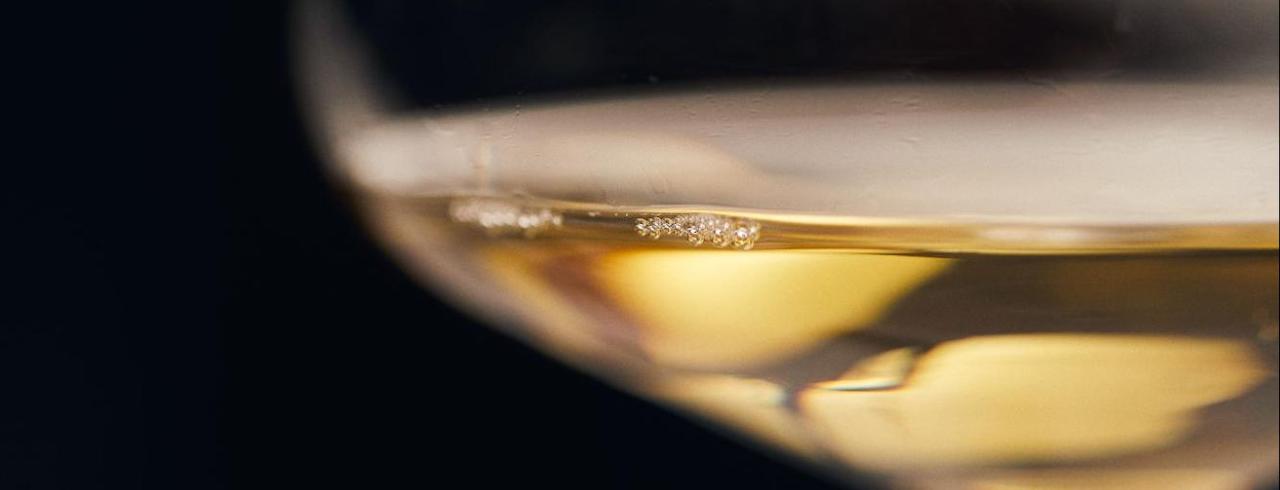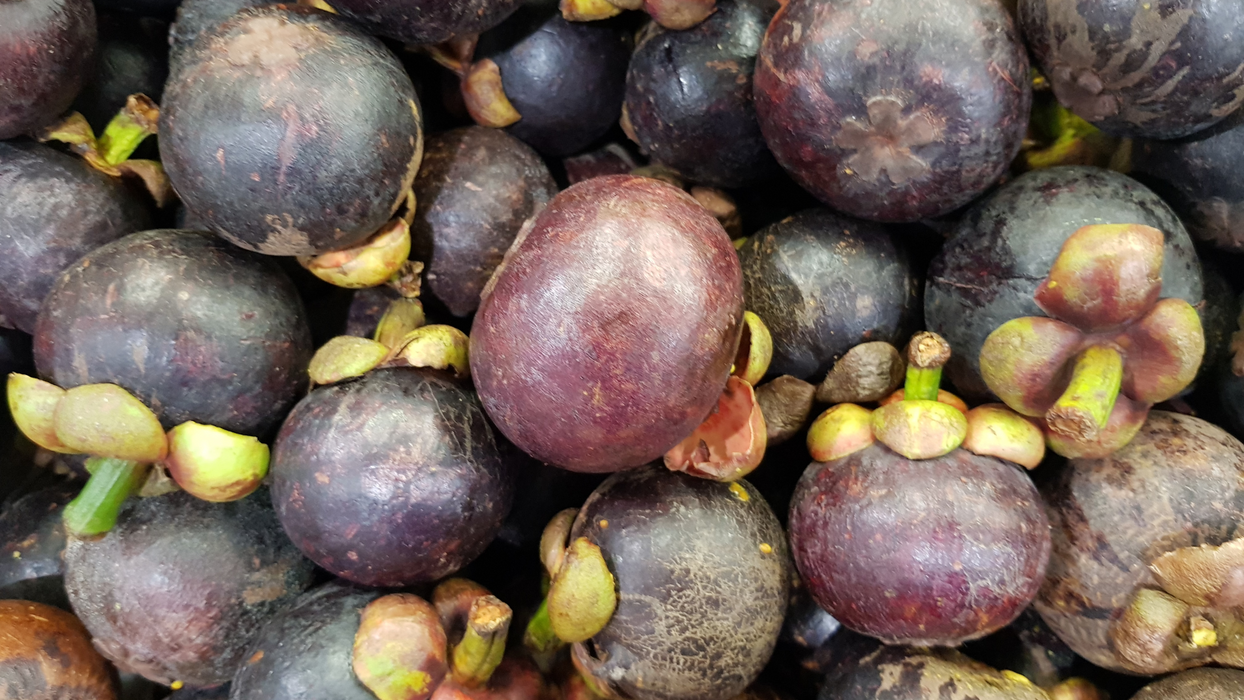
What are Sulfites in Wine?
Wine is a complex beverage. A single sip is home to hundreds, even thousands of different flavor compounds and chemicals.
One of the more controversial wine compounds is sulfites or sulfur dioxide. While sulfites naturally occur at low levels in wine, some enthusiasts claim that ingesting sulfites can cause stuffy sinuses, pounding wine headaches, or digestive issues.
Is it true? Do sulfites cause these symptoms? Let’s get to the bottom of this vino mystery.
Read on to learn all about these naturally occurring compounds and why you might want to seek out a low-sulfite wine for your next glass of mouthwatering vino.

Why Does Wine Contain Sulfites?
Sulfites, also known as sulfur dioxide or SO2, are naturally occurring chemical compounds found in winemaking. Yeast metabolizes oxygen in the juice into sulfur dioxide.
However, sulfites are also explicitly added to wine by winemakers. Why?
Well, for nearly all of wine’s history, winemakers have struggled to keep wine fresher for longer.
They’ve tried microwaves, UV light, as well as antioxidants like resveratrol. Some results are clearly lacking, while others are more promising. In the early 19th century, winemakers discovered one natural preservative that worked incredibly well: sulfites.
Sulfites proved incredibly effective in preventing oxidation and the growth of bacteria and microorganisms. In addition, they preserved the desired color and taste of wine while releasing delicious compounds from the wine tannins.
Since their discovery, sulfites have been a mainstay in the winemaking process.
Sulfites are antioxidant and antimicrobial. They’re incredibly helpful in preventing wine oxidation and spoilage of your favorite bottle.
Cellarmasters also often use sulfur dioxide as a cleaner method to clean winemaking equipment such as fermentation tanks, hoses, and valves.
Do Sulfites Cause Headaches?
Most wine drinkers can consume sulfites without a hitch. In the quantities that sulfur dioxide is commonly found in wine, it’s effectively tasteless.
However, some individuals have sulfite-sensitive asthma. Their bodies lack the enzyme necessary to break down sulfites.
While many people ingest sulfites without a second thought, these individuals can experience respiratory issues and severe breathing problems if they ingest too many sulfites. Some sources estimate that around 1% of people afflicted with asthma have this sensitivity.
Others who have a sulfite sensitivity experience common allergic reactions such as hives or digestive problems, or, yes, headaches.
Of course, just because you experience a headache after drinking wine does not mean you have sulfite sensitivity. There are dozens of other compounds that could cause headaches, including ethanol (alcohol).
And remember, sulfites are found in many food products besides wine, including dried fruits, canned vegetables, and jams. If you can consume these foods without any headaches, then you also likely don’t have a sulfite sensitivity.
That said, if you commonly find that you experience moderate to severe headaches after a simple glass, then you might have a sulfite sensitivity. The only way to find out is to speak to your healthcare team.
Labeling Of Sulfites
Because our winemaking technology is far superior to that of previous decades, the necessity for sulfites as a preservative is at an all-time low.
So, the FDA requires that all wines with at least 10 parts per million (ppm) of sulfur dioxide clearly state “contains sulfites” on the label. This regulation hopes to protect those that are allergic to sulfites (about 1% of those with asthma).

Wine Without Sulfites
Nearly all wines contain some form of naturally occurring sulfites, though there are wines with quite limited amounts. If you’re looking for a wine with a relatively low amount of sulfites, you should probably take a glance at organic wines.
The “organic” label ensures that these bottles are made without artificial additives or chemicals, such as added sulfites.
If you’re not interested in organic, then seek out wine varietals that naturally contain lower amounts of sulfur dioxide. In general, dry red wines have the least amount of sulfites due to their low residual sugar counts. If you don’t have a red on hand, then a dry white should also suffice.
Another rule of thumb to keep in mind: the sweeter the wine, the more sulfites you’ll find. In the majority of sweet wines, grape juice is added back to the wine after fermentation.
When this grape juice is added, many winemakers add in some sulfites to reduce oxidation and keep the wine as fresh as possible for as long as possible.
While they’re harder to find in grocery stores, you could also look towards low-sulfite and sulfite-free wines. These wines have undergone testing, verifying that they contain fewer than 10 parts per million of sulfites.
Unless you have an incredibly acute sulfite sensitivity, these wines should be safe to drink.

Seek Out Sulfite-Free Wine With Wine Insiders
What does this information mean for you, the average wine drinker?
Well, if you don’t have sulfite allergies and don’t have a particularly sensitive stomach, then it probably won’t make much difference which wines you buy.
However, if these two factors do apply to you, it might be worth looking into wines that are lower in sulfites as they can help with some of the symptoms associated with sulfur sensitivity.
Fortunately, we’re here to help.
Seek out low-sulfite and organic wines to reduce sulfite-related allergies and smooth out your sipping experience.
While you’re waiting for your bottles to arrive, read through our blog to learn about non-alcoholic wine and discover everything you need to know about natural wine.





